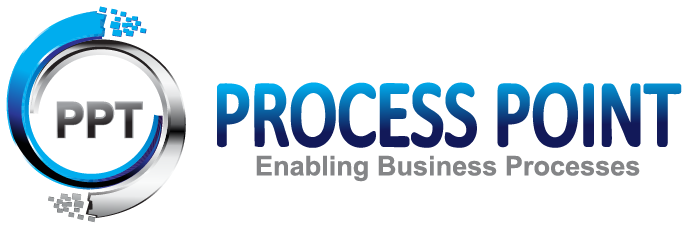Overview of Project Manufacturing
Oracle Project Manufacturing supports companies in the Engineer-To-Order, Make-To-Order, Seiban, and Aerospace and Defense industries. These industries plan, track, procure, and cost based on project, contract, or Seiban numbers.
Oracle Project Manufacturing supports the following key areas:
- Contract/Sales management and fulfillment, including drop shipments
- Advanced supply chain planning
- Costing
- Procurement
- Shop floor execution, including Flow Manufacturing integration
- Project inventory tracking including Warehouse Management Integration
- Project manufacturing quality management
- Assemble-To-Order and Pick-To-Order environments
Project Manufacturing Flow
A contract cycle begins with a bid and proposal process by Sales and Engineering. This process includes review of profit margins and actual status on similar projects, calculation of a high-level project schedule to determine a rough-cut project duration, engineering reviews with optional new product introduction, infinite or constraint-based capacity simulation, procurement analysis for contract specific out-sourcing and requests for supplier quotes. The final result is a bid.
After the customer awards the contract, you define the project work breakdown structure and the budgeting and reporting requirements then submit for approval. The work breakdown structure represents all project activities including tasks, sub-tasks, work packages, activities, and milestones.
Project demand enters into the execution and planning system. The planning system runs a single or multiple plans across the supply chain and optimizes as needed based on constraints. Simulation of alternates provides the information required to determine the optimal scenario. The system analyzes specific project exception messages at the outcome of each planning run. It forwards the planning results to procurement and the shop floor for execution. You can route drop shipped material directly to procurement from order management, bypassing planning.
Shop floor execution uses discrete work orders, flow schedules, or a combination to manufacture (sub)assemblies. Procurement uses either blanket releases or standard purchase orders, based on the project specific supplier quotes, for procured material. The system tracks all project specific material (hard pegged) separately in the system, and permits borrowing or permanent transfers from one project to another. Also, you can track project specific quality data and analyze defects and non-conformances.
During execution, the system collects direct and indirect actual costs by project. You can analyze costs for a specific project or across multiple projects. Based on actual costs, you can perform earned value analysis, progress billing, and revenue recognition. During the execution phase the system collects quality data and analyzes it by project.
After the project is shipped and installed at the customer site, final billing, reconciliation, and close-out execute.
Project Setup for Manufacturing
After your project structure and budgeting have been defined in Oracle Projects, you need to define the Project Manufacturing parameters for your project. These include:
- Default WIP Accounting Class
- Cost Group
- Borrow Payback Variance Accounts
- Planning Group
- Task Auto-Assignment parameters
- Expenditure types if you selected the parameter Transfer to PA in the Project Manufacturing Organization Parameters
- Project manufacturing costing information:
- Link project expenditure types to manufacturing cost elements and cost sub-elements
- Link new manufacturing departments to new projects expenditure organizations
- Define expenditure types for IPV, ERV, Freight, Tax, and Miscellaneous Invoice Costs
- Define expenditure types for purchase price variance in a Standard Costing organization and Direct Item in an Enterprise Asset Management organization
- Define borrow payback accounts
Project Manufacturing Planning
To drive project manufacturing planning, you must enter demand in the system. The system supports three ways to enter demand:
- Forecasts : You can enter a forecast and link a forecast entry to a project and task.
- Sales Orders: You can enter a sales order and link a sales order line to a project and task. You can use Order Import to import sales orders.
- Master Demand/Master Production Schedule: You can enter a master schedule and link a master schedule entry to a project and task. Forecasts and sales orders can be sources for a master schedule.
Project Manufacturing Execution
The planning cycle results in planned orders that are fed into the execution system:
- Internal orders driven by inter-company supply
- WIP Discrete Jobs for make items (Project Work In Process)
- Flow Schedules for make items (Project Work In Process)
- Purchase Requisitions or Blanket Releases for buy items (Project Procurement)
The execution system addresses the inventory, shop floor, and procurement activities. Project manufacturing costs are collected during execution
Project Manufacturing Costing
During the execution phase, project-related costs can be collected in four ways:
- Import of costs from external systems directly into Oracle Projects' Transaction 1-16 Oracle Project Manufacturing User's Guide Import.
- Entry of direct labor and expenses directly into Oracle Projects using time and expense entry.
- Collection of manufacturing labor, material, and manufacturing overhead in Oracle Cost Management as a result of Work In Process and Inventory transactions.
- Import of manufacturing costs from external systems using Oracle Manufacturing Transaction Import.
